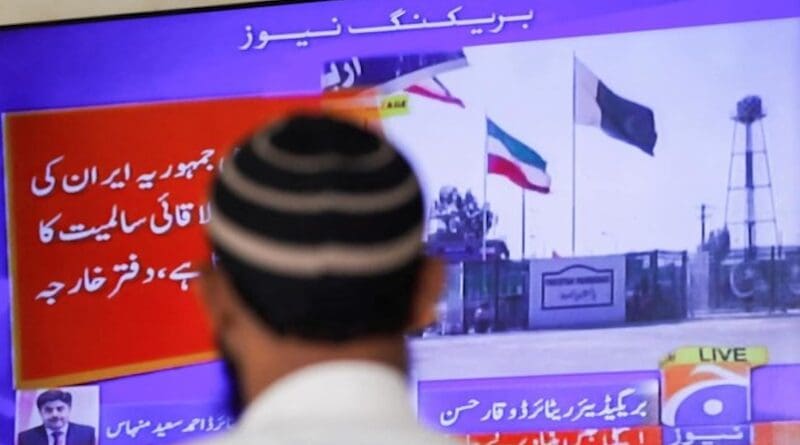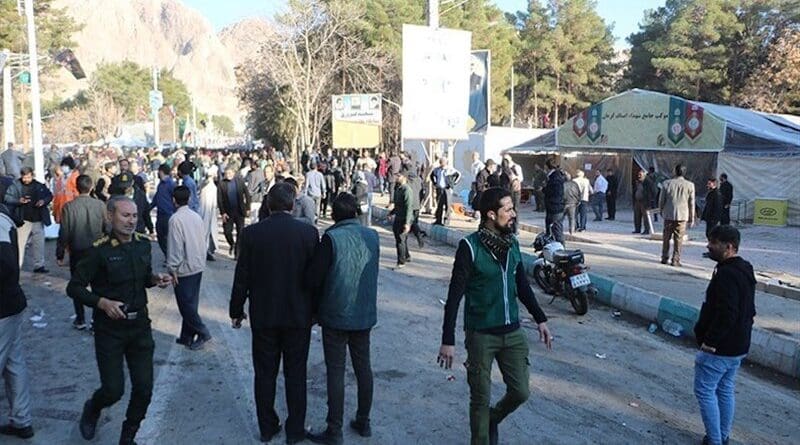DEBORAH DANAN

Eyal Barad was in the safe room of his home in Nir Oz for more than 12 hours on Oct. 7 while Palestinians went on a rampage of his Gaza envelope kibbutz, eventually kidnapping or murdering more than a quarter of its residents.
Every so often, Barad, 40, was forced to cover his 6-year-old daughter’s mouth with his hand to stifle her squeals. The little girl, who is autistic, thought the whole thing was a game. Most of the time, though, Barad was glued to his phone, watching the live feed of a camera he had recently installed outside his home to monitor speeding cars. Images from the feed, which I obtained, show Palestinian women and children—some appearing as young as 8 years old—taking part in the horror of that day.
Survivors’ accounts, video evidence, and the interrogation recordings of apprehended Palestinians paint a damning picture of the complicity of Gazan civilians both in the Oct. 7 attack, in which more than 1,200 people were murdered and 240 people were abducted to Gaza, and its aftermath. It is one that has sparked a debate in Israel that challenges the inclination to draw distinctions between ordinary Palestinian civilians of Gaza—often referred to in Israel as bilti me’uravim (uninvolved)—and their terror leaders. For many, Oct. 7 reeked of something that Jews have been familiar with for centuries; a phenomenon where not just a vanguard, but a society at large participates in the ritual slaughter of Jews.
Around 700 Palestinians stormed Barad’s kibbutz of Nir Oz—less than a five-minute drive from Gaza—that day, CCTV footage shows. The overwhelming majority of those, estimated by Eran Smilansky, a member of the kibbutz’s security squad, to be around 550, were civilians. They were largely unarmed and not in uniform. Some of those civilians carried out wholesale acts of terror themselves, including rape and abduction—and in some cases, the eventual sale of hostages to Hamas—while others abetted the terrorists. Others still simply took advantage of the porous border to loot Israeli homes and farms, including stealing hundreds of thousands of shekels in agricultural equipment.

















